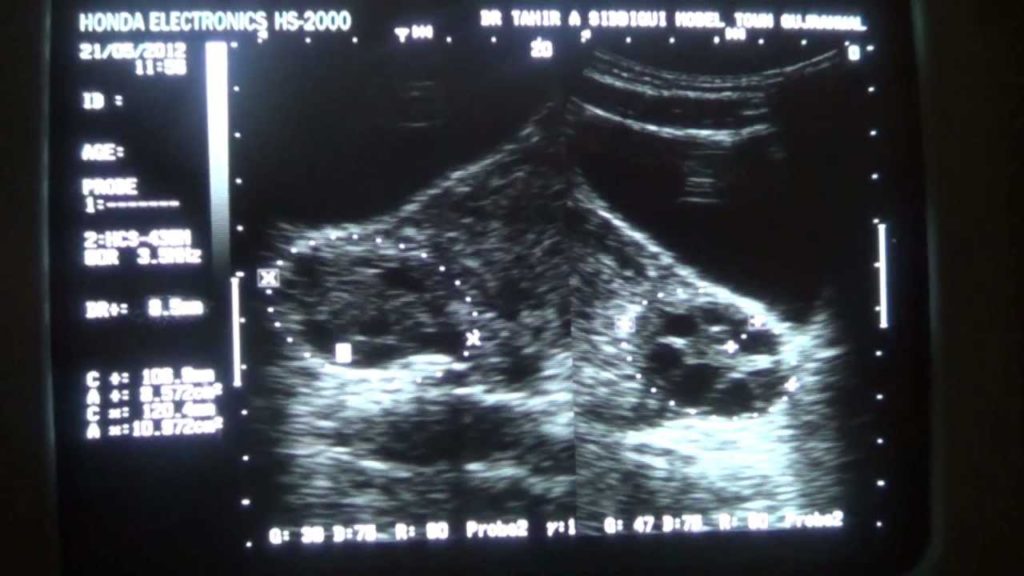Symptoms Of PCOS
If you experience symptoms of polycystic ovary syndrome (PCOS), they’ll usually become apparent in your late teens or early twenties.
Not all women with PCOS will have all of the symptoms, and each symptom can vary from mild to severe. Many women only experience menstrual problems and/or are unable to conceive.
Common symptoms of PCOS include:
irregular periods or no periods at all
difficulty getting pregnant (because of irregular ovulation or failure to ovulate)
excessive hair growth (hirsutism) – usually on the face, chest, back or buttocks
weight gain
thinning hair and hair loss from the head
oily skin or acne
You should talk to your GP if you have any of these symptoms and think you may have PCOS.
Fertility problems
PCOS is one of the most common causes of female infertility. Many women discover they have PCOS when they’re trying to get pregnant and are unsuccessful.
During each menstrual cycle, the ovaries release an egg (ovum) into the uterus (womb). This process is called ovulation and usually occurs once a month.
However, women with PCOS often fail to ovulate or ovulate infrequently, which means they have irregular or absent periods and find it difficult to get pregnant.
Risks in later life
Having PCOS can increase your chances of developing other health problems in later life. For example, women with PCOS are at increased risk of developing:
type 2 diabetes – a lifelong condition that causes a person’s blood sugar level to become too high
depression and mood swings – because the symptoms of PCOS can affect your confidence and self-esteem
high blood pressure and high cholesterol – which can lead to heart disease and stroke
sleep apnoea – overweight women may also develop sleep apnoea, a condition that causes interrupted breathing during sleep
Women who have had absent or very irregular periods (fewer than three or four periods a year) for many years have a higher-than-average risk of developing cancer of the womb lining (endometrial cancer).
However, the chance of getting endometrial cancer is still small and can be minimised using treatments to regulate periods, such as the contraceptive pill or an intrauterine system (IUS).
